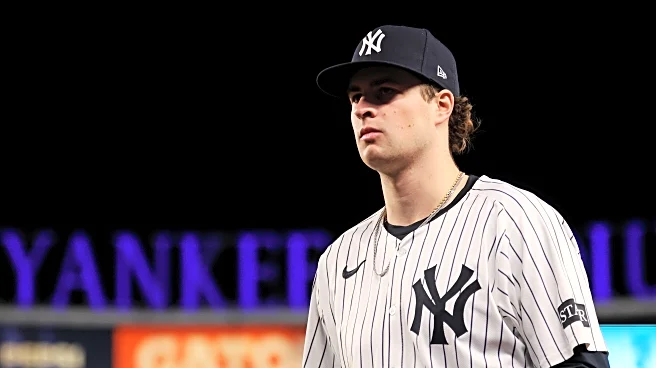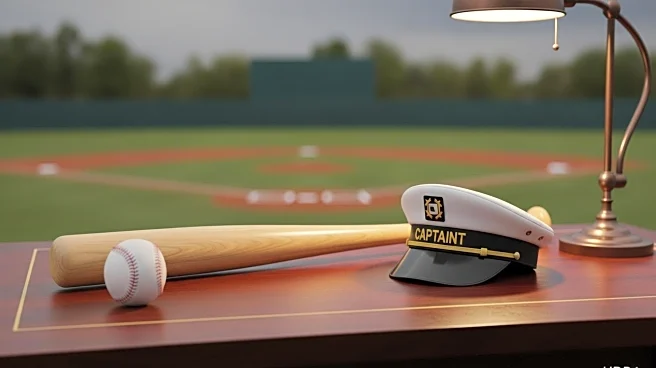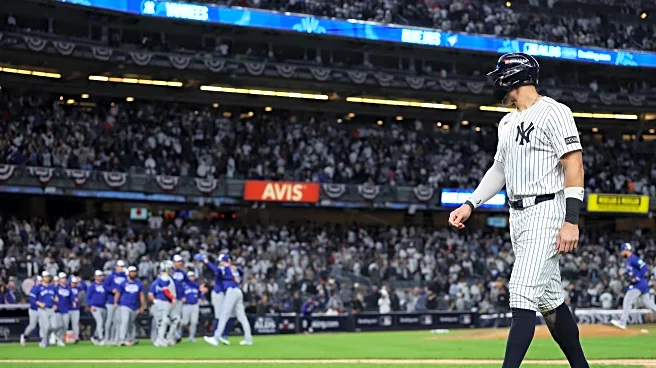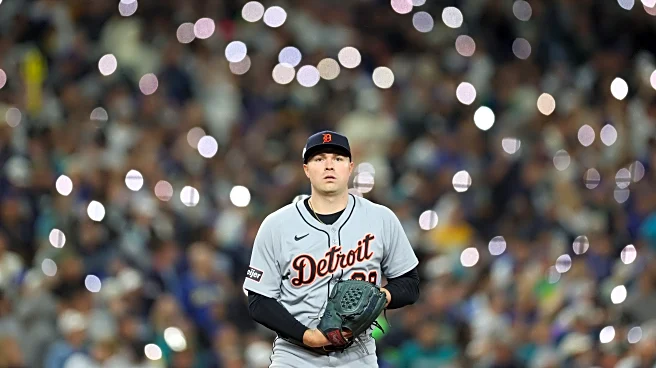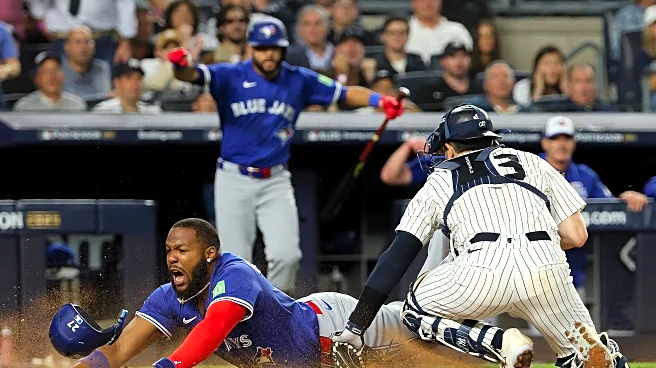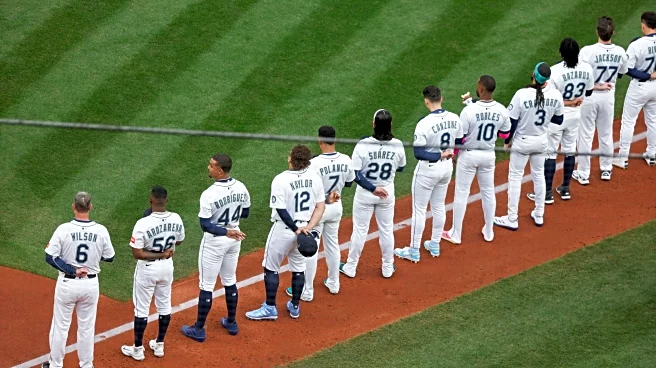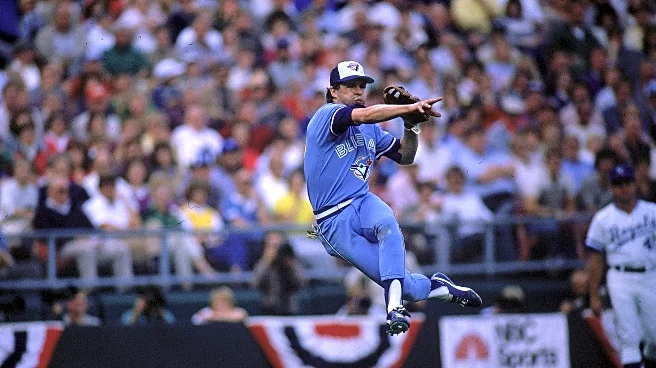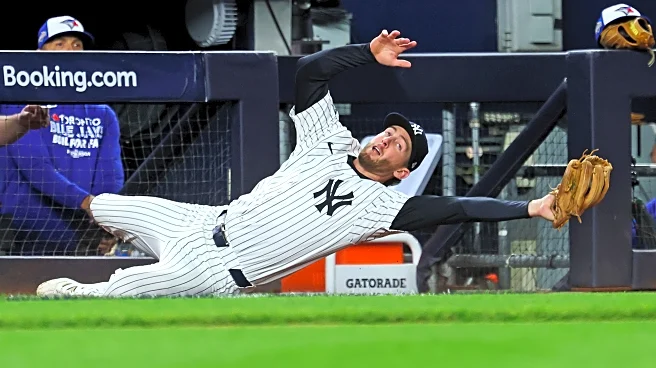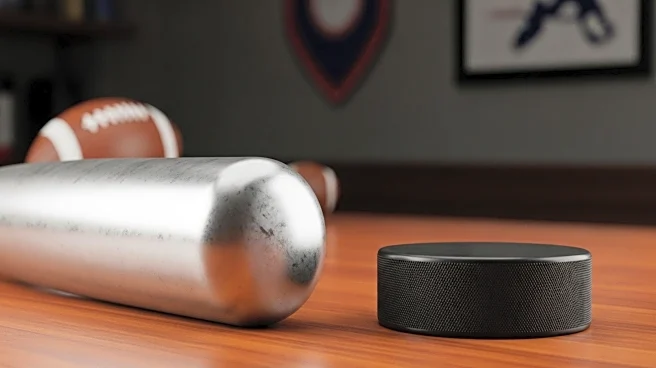A week ago Cam Schlittler was coming off one of the finest pitching performances in postseason history. Eight innings, 12 strikeouts, no runs, no walks in clinching the Wild Card Series against the Red Sox. He threw 50 four-seam fastballs, sitting 99 and not throwing one below 97. He completely flummoxed the Boston lineup.
Then there’s Wednesday night, where Schlittler wasn’t quite so dominant, but still had a damned good start — 6.1 innings that should have been longer if not for a booted ground
ball, two earned runs, but just two strikeouts. The Toronto Blue Jays are the hardest team in baseball to strike out, so to see a rookie change his game and become a contact manager is almost as impressive as the postseason debut.
Half of Cam’s pitches against Boston were the four-seam variety, with not a one of them coming below the batter’s thigh. That percentage changed on Wednesday, with just under 40 percent of pitches being the number one, and Schlittler doing more to change eye level:
Cam’s four-seam, like most power pitchers, is meant to live above the navel, but you can see how he let the ball travel a little more, and worked more around the edges of the strike zone. He paired that with much higher usage of his cutter and sinker — which are virtually the same pitch, just breaking in opposite ways:

The one black mark on his outing was a lack of command with the cutter, as Cam kind of lost the feel for it at various points. When it was in the zone, or when it was bearing inside on left-handers, that’s what induced those weak fly balls and easy groundouts that allowed Schlittler to go into the seventh inning despite just the two Ks.
There’s lots to be impressed about with Schlittler’s first taste of MLB action. The pure stuff alone will raise eyebrows — on a club that doesn’t exactly feature eye-popping fastball velo, Cam’s main offering stands alone. The thing that keeps a guy in the starting rotation, that bumps them up into a number one or two slot though, is making game-to-game adjustments like switching from four-seamers to cuts and sinkers.
It would have been a terrific mistake to approach Toronto the same way as Boston — the latter strikes out five percentage points higher than the former. You can elevate fastballs and get under the swing planes when teams strike out more, but doing that against a high-contact team like the Blue Jays is how you get line drives into the gap, or worse. Fastballs with more break, keeping the ball around the edges of the zone, this approach won’t get the whiffs but it can get you the outs you need to go deep into the season’s most important game.
The Yankees are sitting on the couch the rest of the fall, and there are a lot of reasons why. Cam Schlittler is not one of those reasons, and if Gerrit Cole comes back at close to his old self next year, the Yankees may have the best No. 4 pitcher in recent history come April 2026.
